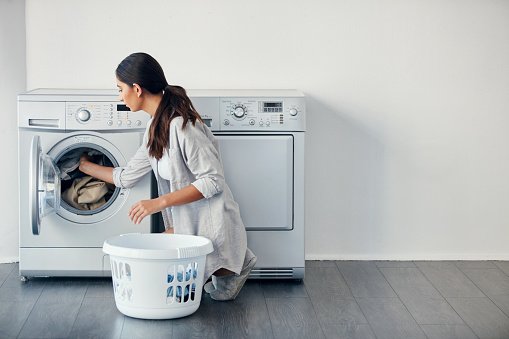Clothes Cleaning and Drying

There are a number of methods of clothes cleaning and drying. The first step is to pre-treat any stains. If the stain is inorganic, you can use lukewarm water. For organic stains, use cold water. It is also possible to use plain water, but you have to ensure that the water is not too cold so that it soaks into the paper towel. Drying is not a good option for clothing that is already stained. A professional clothes cleaner can handle expensive, delicate clothing. They can also handle dress suits and other dry-clean-only items.
But, if you insist on cleaning your own clothes, consider these tips. You should always check the care label of each garment. You can also check the care label if the label states "dry clean only." Dry cleaning involves a process that looks like a regular washer and dryer. Instead of detergent, a solvent is used. The dry cleaning machine resembles a modified drum washer and agitates clothing in a solvent, followed by a rinse cycle to remove excess solvent.
Warm steam is then used to evaporate the solvent. The end result is clean, wrinkle-free clothes. It's important to note that perc levels in clothes cleaning are higher than in the air outdoors. However, they are still unlikely to cause cancer. Whether or not people will develop cancer will depend on the amount of perc they are exposed to, the frequency of exposure and their overall health and family history. See the Best Brand of Leggings here!
Professional cleaners also offer wetcleaning. While most garments are dry-cleaned, wetcleaning is an option for those who are chemically sensitive. Professional wetcleaning machines are usually computerized and programmed to control multiple variables. They can also be customized for specific types of garments. Because wetcleaned garments need additional pressing work, specialized equipment is used to press them properly. This makes clothes cleaning very efficient and environmentally-friendly. Know What Setting To Wash Black Clothes here!
Dry cleaning is an excellent option for washing clothes. It removes oil and grease and returns garments to "like-new" condition. It also uses precautions to avoid shrinking, loss of color, or fabric distortion. The process usually begins with a pretreatment of stains and soils. Then the clothes are placed into a large machine. The machine then agitates the garments like a washing machine, removing any dirt and oils from the fibers. A special detergent is then applied to the garment and the fabric will feel softer. Unlike home laundering, wet cleaning cannot be used for all types of clothing, due to the weight of water.
For more facts about clothing, visit this website at https://www.encyclopedia.com/manufacturing/encyclopedias-almanacs-transcripts-and-maps/mens-apparel. The wash cycle usually lasts between eight and fifteen minutes, depending on the type of garment and the amount of soiling. A soluble solvent dissolves the soil within three to ten minutes. Then, the solvent is drained back through the cylinder. Once the cycle is completed, a second stage called extraction removes the remaining solvent from the garment. Dry cleaning soap may also be added to the wash cycle. It is best to use a machine that has a timer to add the detergent.
